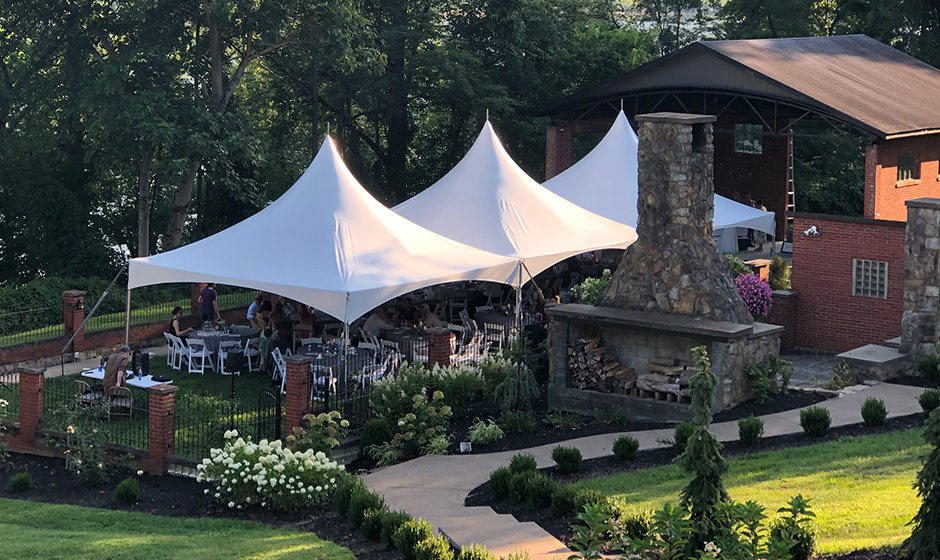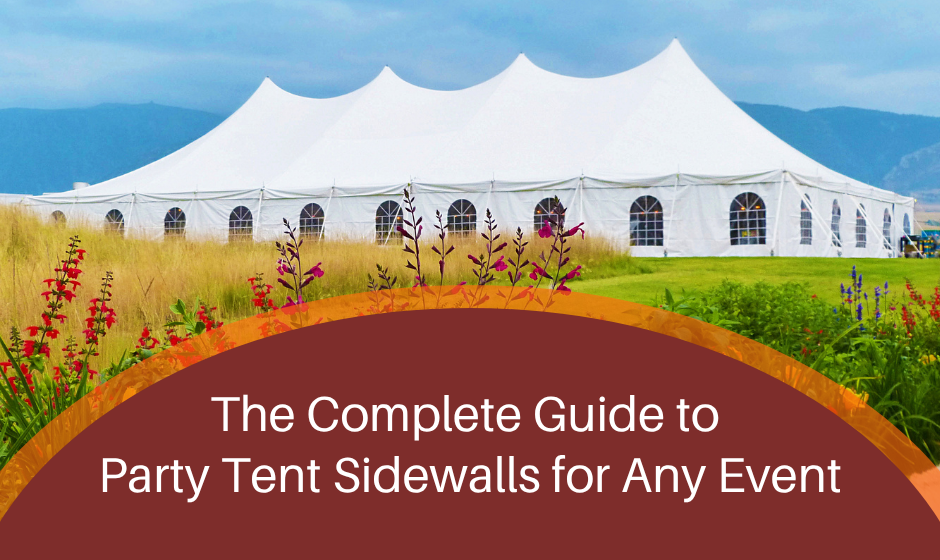When it comes to tents, the structural design plays a crucial role in how the tent performs, looks, and installs. At CELINA, we offer two primary types of tents based on their structural systems: frame tents and pole tents. These two styles differ significantly in how they stay aloft and their overall functionality.
Curious to learn more? Let’s dive into the key differences between frame tents and pole tents so you can decide which is best for your needs.
Key Differences Between Frame Tents and Pole Tents
1. Freestanding vs. Tension-Based Design
Frame Tents
Frame tents are freestanding structures, meaning the frame itself supports the fabric top without relying on external tension. Once the frame is fully assembled and lifted onto its leg supports, the tent will stand on its own. However, proper anchoring is still necessary to secure the tent against wind and weather, ensuring safety and stability.
Pole Tents
Pole tents, on the other hand, depend on tension from stakes and guy lines to stay upright. During installation, stakes are driven into the ground first, and the fabric top is stretched tight to create tension. This tension keeps the poles in place, with forces balanced across the tent to maintain its structure. Without proper tensioning, a pole tent cannot stand on its own.
2. Appearance and Style
Frame Tents
Frame tents feature a more structured appearance, with the fabric top supported by a rigid frame. The peak is less steep, and the overall shape resembles a house. The fabric attaches to the frame using buckle straps along the edges, which can make it tricky to achieve a completely smooth look.
Pole Tents
Pole tents are known for their elegant, sweeping curves and dramatic peaks created by center and side poles. The tensioning system allows for a tight, polished look that enhances the tent's aesthetic appeal. The high peaks and smooth fabric make pole tents a popular choice for weddings and other formal events.
3. Hardware and Installation
Frame Tents
Frame tents require more hardware due to their intricate design. The frame consists of multiple sections of tubing connected by fittings, with some fittings accommodating up to eight connections. While this system offers versatility and durability, it also means more parts to manage, store, and replace over time.
Pole Tents
Pole tents use fewer components, making them simpler to handle and install. The primary elements include side poles, center poles, guy lines, and stakes. Larger pole tents may also require quarter poles and additional stake plates for added stability. This streamlined setup reduces the complexity of transportation and storage compared to frame tents.
Choosing the Right Tent for Your Event
When deciding between a frame tent and a pole tent, consider factors like installation time, aesthetic preferences, and the available space. Frame tents are ideal for locations where staking is not possible, such as concrete or asphalt surfaces. In contrast, pole tents are perfect for soft ground and offer a visually striking appearance for formal gatherings.




























